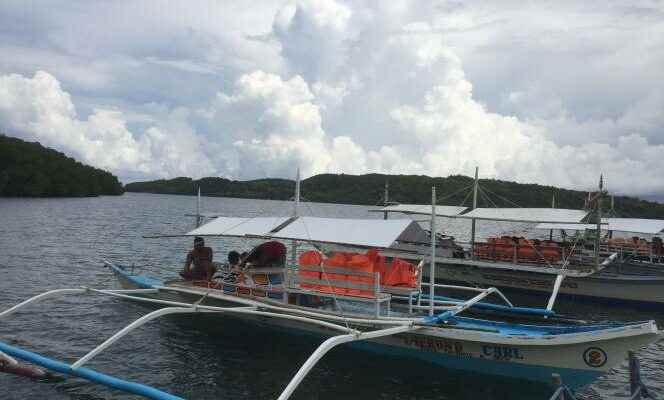At the Calauit Island Safari Park, north of the big island of Palawan, in the Philippines, tourists are driven a few hundred meters in a sluggish truck to the center of the estate. It’s a day’s distraction for those who make the trip to Coron, on the neighboring large island, where a dive site conceals twelve Japanese warships sunk by the Americans in 1945: if they’re lucky, they will be able to observe a herd of zebras there. And giraffes come to eat acacia leaves.
What they don’t see are the elaborate assemblages of bamboo and stakes that separate the central part of the island from several areas of habitation and cultivation along the coasts. However, this artisanal front line says it all about the nagging conflict which has opposed for decades the original inhabitants of the island, an indigenous people, and these animals transported from Africa at the time of the dictatorship of Ferdinand Marcos (1972-1986) . The democratic governments that succeeded him persisted in prolonging their stay in the Philippines in the name of a certain idea of nature conservation.
It all started at a summit of the United Nations Conference on Trade and Development in Nairobi, Kenya, in May 1976. It was about the challenges facing the conservation of wild species. The Marcos couple go on a safari. In Lauren Greenfield’s documentary, kingmaker (2019)devoted to Imelda Marcos, the former first lady, whose frenzy of acquisition made famous, makes a revealing statement: “I wanted so much that we also have [ce genre d’animaux] ».
Eight species of herbivores
Her husband uses the services of a Briton, Tony Parkinson, known in Kenya to catch animals on behalf of zoos. Heavily paid in suitcases of cash, he constitutes the livestock with eight species of herbivores. Besides imperial zebras and giraffes, antelopes, gazelles and elk are selected.
The animals, transported on a freighter belonging to a Filipino sugar magnate close to the Marcos, arrived off Calauit on March 3, 1977. “We transferred them to barges, then put them in pens on Calauit”, explains Eliezir Cruz, then a young skilled worker from another part of the Philippines. Now retired, he moved into a house opposite the landing stage that leads to the island. “There were about fifteen males and ten females per species, but no predators. » President Marcos is there for the ceremony: the first antelope, a waterbuck, which puts its hoof on the island is baptized “Ferdinand”. Imelda Marcos, will come three months later by helicopter to celebrate the release of the animals from the corral into the wild.
You have 78.45% of this article left to read. The following is for subscribers only.
